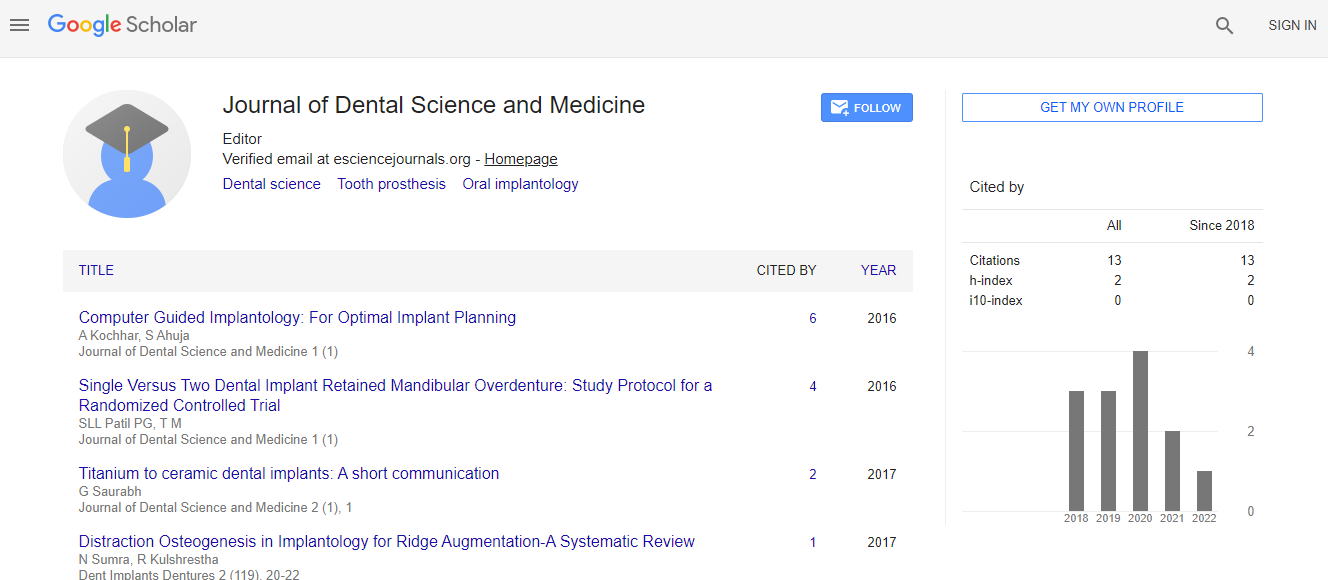Bharati Vidyapeeth Deemed to be University, Dental College and Hospital, Pune, India
Abstract
Neuromuscular dentistry is a contentious topic in the field of dentistry. It considers the teeth, muscles and joints to be an interdependent unit and aims to preserve the health of the patient’s masticatory system, restore function, as well as contemplate the possible long-term results and effects of the treatment being provided. Although, there should be no compromise of esthetics in the service provided by the dentist to the patient, but utmost importance should be given to occlusion. It is seen that many a times, patients return to the dentist after an occlusal restoration or extraction with a complain of pain around the temporomandibular joint, head or neck region. Often, the symptoms of occlusal disorders go unnoticed and thus undiagnosed. A patient suffering from a headache is least expected to visit a dentist for it, as he is unaware that the headache is being caused due to disturbed occlusion. This poster discusses the signs of occlusal disorder/disturbance and its association with temporomandibular disorders and posture leading to neuromuscular pain.

